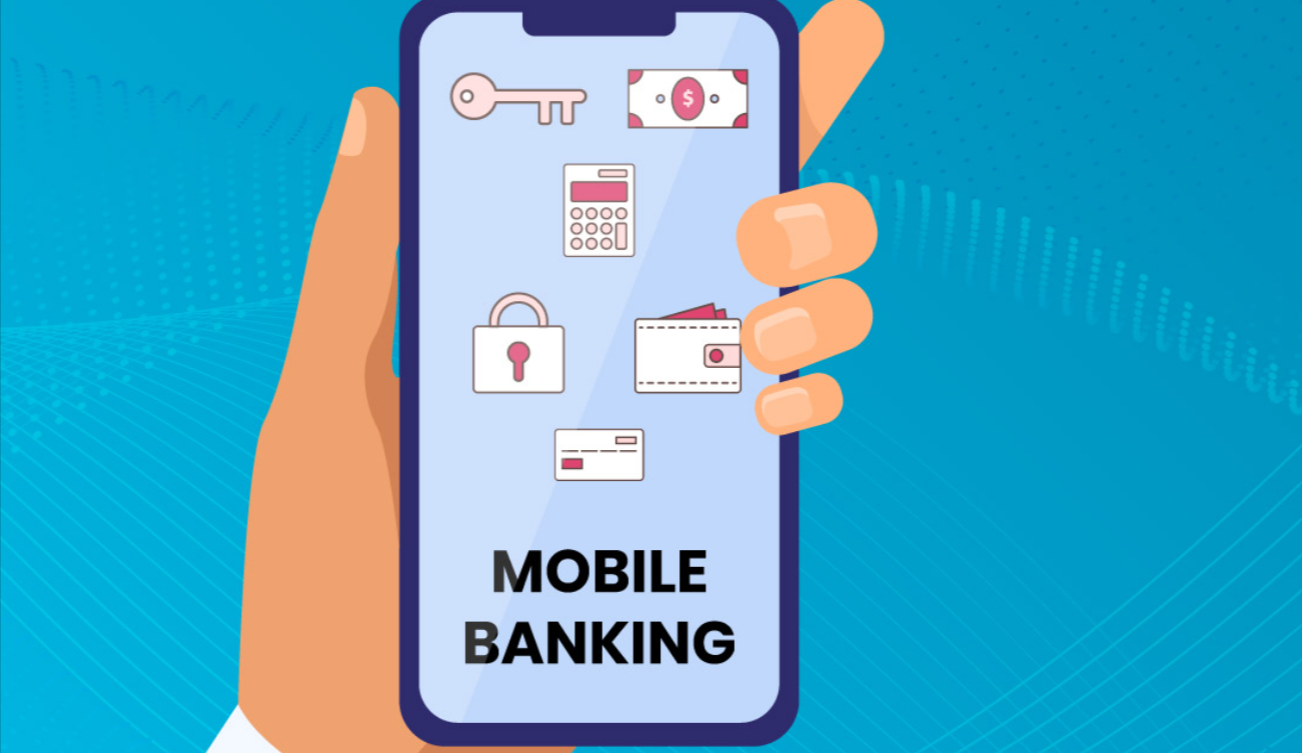The time to develop safe apps has never been as important and so challenging. Due to the increased user expectation and a rapid pace of cyber threat evolution, a developer and a business must consider the full scope of application security. Multiple examples of the program that seemed secure and fell into the hands of professional hackers have led to irreversible damage to both the consumer and companies. A number of elements need to be carefully taken into account when creating properly secure apps, starting with the original design stage and continuing with maintenance and upgrades. It may be the difference between developing a fortress-like program and leaving consumers open to online predators if these basic factors are understood.
1. Implementing Strong User Authentication Methods
Your application’s first line of protection against unwanted access is user authentication. The threat environment today cannot be equipped with username-passwords because they are easily cracked through diverse attacks. To identify individuals through all the channels, the current applications must use multi-layered authentication methods. To motivate customers to create a strong one-to-many credential, this will entail the establishment of sound password controls, biometric checks and two-factor authentication. Also, consider adaptive authentication that is able to investigate atypical login initiations through the evaluation of device attributes and user behavioral reports. In addition to safeguarding individual user accounts, robust authentication stops unwanted access to private data repositories and critical program functionalities.
2. Securing Data Transmission with Encryption Protocols
All the data passing between your application and the services of your servers must be secure against disturbance and interception. Data transmission safety includes implementing the use of strong encryption algorithms that scramble the data and make it incomprehensible by any person who may intercept it. Modern applications should be encrypted using industry standard encryption methods to ensure that all communications are confidential. All user interactions, file uploads, and system communications are protected in addition to login credentials. Certificate management, which makes sure that encryption keys are updated and checked correctly on a regular basis, is another aspect of good encryption implementation. Even the best-designed applications are susceptible to data breaches and man-in-the-middle attacks that might reveal private user information if secure data transfer is not used.
3. Regular Security Testing and Vulnerability Assessments
Finding vulnerabilities before malevolent actors may take advantage of them requires proactive security testing. This entails performing routine code reviews, automated vulnerability scans, and penetration testing to look at your application from several perspectives. Instead of being an afterthought once the program is finished, security testing ought to be incorporated into the development process. A Static code analysis can identify the failures of codes, and in contrast dynamic testing can reveal the vulnerabilities that are being exhibited in the process of running. Furthermore, consider hiring external security experts that could also bring a fresh perspective and identify some areas of blindness that the internal teams could be blind to. Regular testing strategies ensure an upgrade and new features do not introduce security gaps to keep the defensive position of your application intact as it grows and flourishes.
4. Establishing Secure Coding Standards and Practices
The importance of the coding standards is in their long-term protection, to such a degree that code-based application security is predicated on it. To avoid problems like injection attacks, cross-site scripting and buffer overflow, which are frequent security threats, programmers ought to adhere to the best-security practices. This involves having proper memory management programs that eliminate potential points of attacks, proper error management and input validation. Security concerns should be the primary focus of code reviews, with seasoned team members looking for any flaws in new code. Policies documentation ensures consistency across development groups and it helps in understanding security requirements by new staff. Investments in training opportunities on keeping the developers updated on new threats and secure coding methodology are important in that they lead to decreasing the vulnerabilities and an overall higher-quality security stance.
5. Managing User Permissions and Access Controls
Implementing access control correctly is a crucial security aspect since not all users should have equal access to the functionality and data of your application. Users can only access data and features that are relevant to their actual needs thanks to role-based access control systems. This least privilege concept reduces the possible harm in the event that user accounts are hacked. Access controls need to be effective and easy to use, yet specific enough to impose the right limitations. Accounts with excessive rights or inactive users who no longer need access can be found with the use of routine audits of user permissions.
6. Creating Comprehensive Incident Response Plans
Security Incidents may still occur irrespective of the best intentions, and as such, being prepared is essential. A prepared incident response plan ensures your crew can limit the impact on the users and business operations and quickly detect, isolate and deal with security breaches. This strategy should include clear communication guidelines and team assignments and elaborate guidelines to different types of security events. Several drills and role-plays help team members to understand their roles and execute the plan in stressful situations. Incident response method documentation should be readily available and updated often in light of lessons discovered during actual occurrences or exercises.
7. Monitoring Systems and Detecting Suspicious Activities
Early warning indicators of possible security issues are provided by ongoing observation of user activity and the behavior of your application. Unusual trends that might point to continuing assaults or compromised accounts can be found by sophisticated monitoring systems. This includes keeping track of failed logins, suspicious access patterns as well as suspicious network traffic that may signify malicious behavior. With real time alerts, security teams are able to revert to action quickly to evade new threats well before they can cause any significant damage. Behavioral analytics and log inspection are both effective to identify the small irregularities of compromise that would otherwise be missed.
Conclusion
During the fine and coarse treatment stages of an application, the design of safe apps requires a holistic approach to design keeping in view a variety of interacting factors. The secret to success in application security via doverunner is developing layered defenses, which work together to provide high-level defense, rather than implementing a single defence. These philosophies would be right despite the transformation of the digital world, leaving them as a solid defense in the development of apps that consumers can use by entrusting the most personal information.




